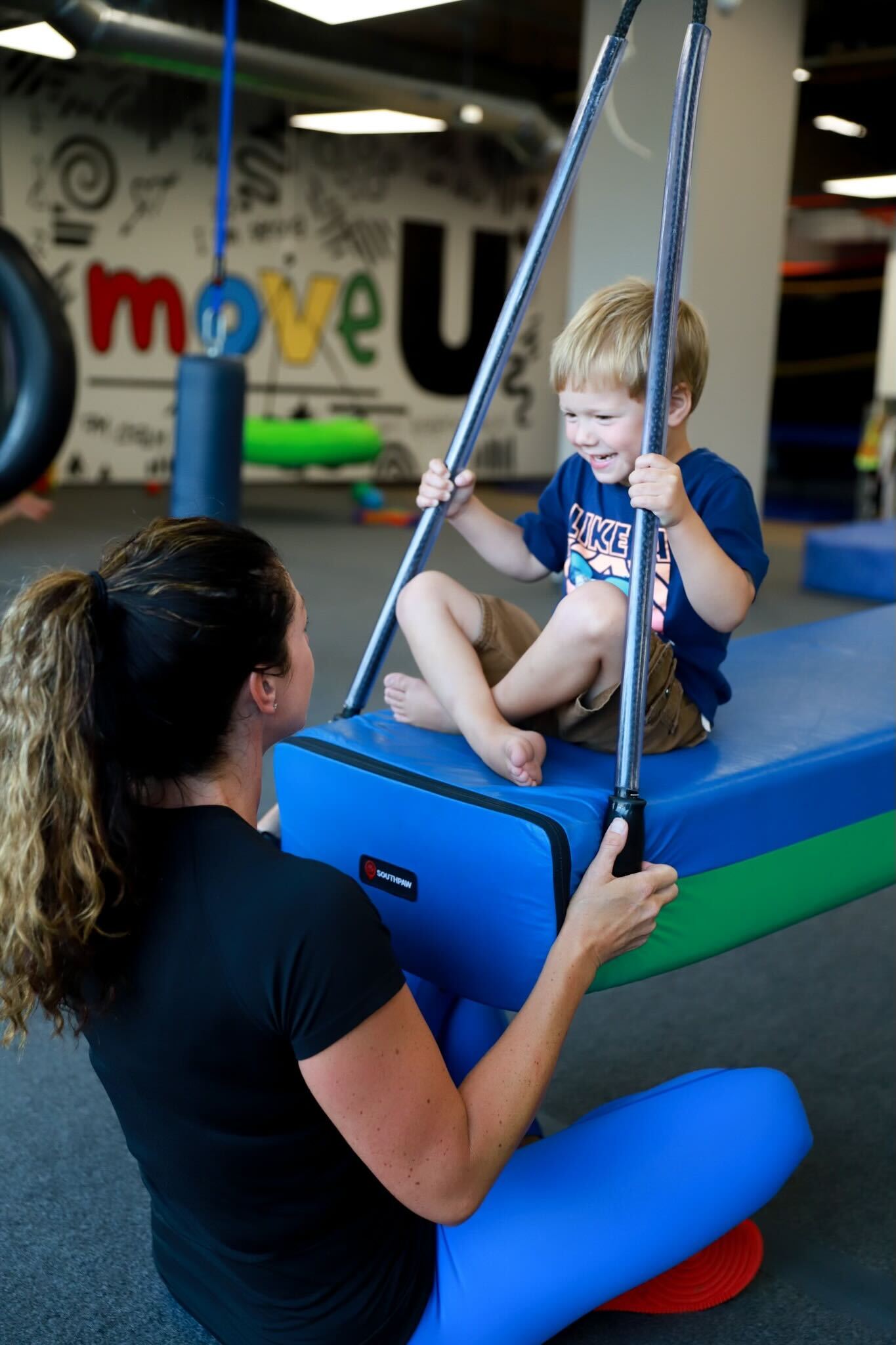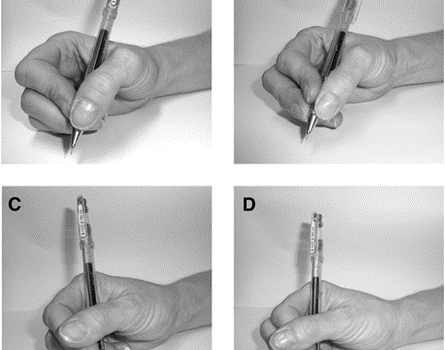With the new school year fast approaching, some children are excited to organize their new school supplies in their backpack, meet their teachers, and may even have a countdown until the first day of school. Other children may not be so eager. Children with sensory processing challenges may also struggle with heightened levels of anxiety which complicates school readiness and the excitement that a young child should enjoy in this back-to-school season (Kotsiris & Little, 2019).
Sensory diets and strategies have long been utilized to promote improved attention, regulation, and participation. These can range from specific sensory techniques to sensory environmental techniques (Bodison & Parham, 2018). Specific sensory techniques involve the application of sensation to a child. This may come in the form of pressure touch. It can be done with a firm downward pressure on shoulders, big bear hugs, or hand hugs as a parent uses his/her two hands to hug a child’s arms starting at the shoulders and moving with little squishes or hugs down towards the wrist. Pressure touch can also be provided with weighted items such as a weighted lap snake or carrying a backpack (10-15% of body weight). These can be placed on the child’s lap while riding on the bus or in the car to school as pressure touch will make the child feel safe and grounded and aide in the transition process.
Sensory environmental techniques can also benefit children who become easily overwhelmed. The use of natural lighting instead of fluorescent, limiting the amount of decorations and visual distractions within a classroom, allowing more frequent breaks, use of flexible seating, or limiting extra auditory stimuli that isn’t necessary for task completion are all ways that the environment can be modified to improve participation.
The prior listed methods are specific sensory-based or sensory-diet strategies; however, there are alternative strategies that may also be considered in order to help a child adjust to the start of a school year. These may include:
- Scheduling a private meeting to tour the school, place school supplies, and meet the teacher
- Shopping for school supplies at non-peak times
- Transition your child to an earlier bedtime and practice the morning routine prior to the 1st week of school
One of the hardest things as a parent is knowing or feeling as if your child’s heart hurts or that he/she is scared or worried that things won’t go well. Using these strategies can help, but they will not solve the underlying issue. Please contact us if your child is struggling with the transition to school.
Bodison, S. C., & Parham, L. D. (2018). Specific sensory techniques and sensory environmental modifications for children and youth with sensory integration difficulties: A systematic review. American Journal of Occupational Therapy, 72, 7201190040. doi: https://doi.org/10.5014/ajot.2018.029413
Kotsiris, K. & Little, L. Sensory processing and internalizing behaviors in children: A scoping Review. The American Journal of Occupational Therapy, 2019, Vol.73(4_Supplement_1), 7311520437p1. https://doi.org/10.5014/ajot.2019.73S1-PO7036



